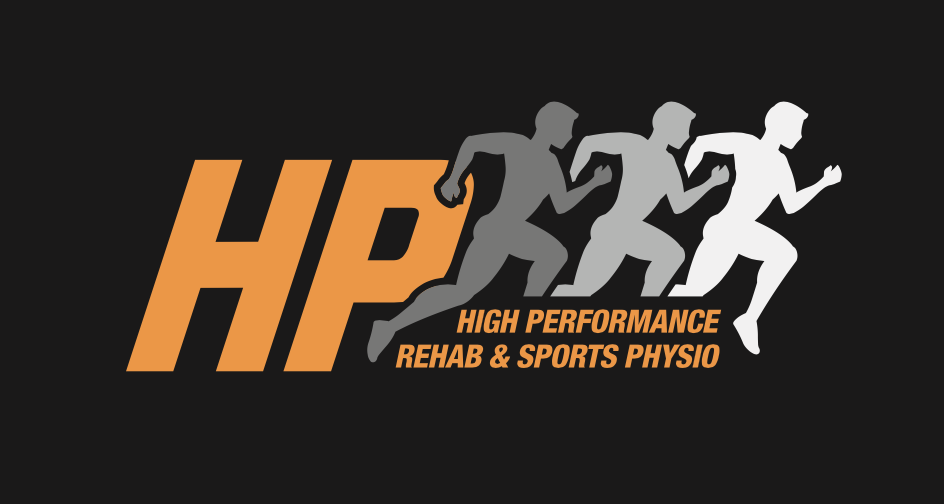Written by Martin Law
Sharp pain in your shins after a run? You might be dealing with more than just muscle soreness.
What is it
Shin splints happen when the bones and muscles in your lower leg get overloaded, usually from doing too much, too soon.
Every time you run or jump, tiny stresses go through your shinbone (the tibia), which is completely normal. Normally, your body can repair these micro-stresses. But if the load is too high and the rest is too little, the bone can’t keep up with the damage, leading to pain.
Medial tibial stress syndrome is part of the bone stress injury family. It lies on a continuum, on one end being bone stress reaction, on the other end being a bone stress fracture.
How Does It Happen?
There are many compounding factors with shin splints; ultimately, they can be broken down into:
External Factors (Things outside the body)
Acute increases in training load - Sudden spikes in distance, speed, or intensity without proper adaptation.
Switching to new shoes — especially those with less support or a different heel drop — can alter mechanics and load.
Changing training surfaces (e.g. soft surface vs hard surface) - Moving between grass, turf, concrete, or asphalt can change shock absorption and stress on the shins.
Internal Factors (Things within the body)
Improper running mechanics, such as overstriding, poor alignment, or inefficient gait patterns, increase the load on the tibia.
Flat feet (overpronation) - Alter force distribution, often leading to increased shin stress.
Bone health - Low vitamin D or calcium levels or inadequate nutrition can reduce bone density and impair healing
Genetics & Endocrine status - Some people are predisposed to bone stress injuries due to genetic or hormonal factors (e.g., low estrogen in females).
Chronic training load - Consistently high volume or intensity without proper recovery reduces bone remodelling capacity.
Underlying bone pathology - Conditions like low bone mineral density or stress reactions.
Medication - Some medications (e.g., corticosteroids or certain contraceptives) may affect bone strength or recovery.
All these factors can affect the process of bone building and breaking downIn a healthy person, whenever we exercise and load the bones, e.g. jogging, there are micro-stresses/fractures in the bone. Our osteoblasts will then break down these areas, and then our osteoclasts will lay down new and stronger bone on top of this to adapt to the stimulus. This is a normal part of the healthy process. However, the catch is that this can take time (approx 24-48 hours). When we do not allow for adequate rest to allow this process to occur, this can lead to shin splints.
What Are the Symptoms?
Common symptoms can include
Dull, aching pain along the front or inside of the shin (usually the lower two-thirds)
Pain that starts during or after exercise, especially running, jumping, or fast walking
Tenderness when pressing along the shinbone
Mild swelling in the lower leg
Tightness or soreness in the calf muscles
Pain that improves with rest but returns when activity resumes
When to See a Physio or Doctor
Pain that doesn’t improve with rest
Sharp or localised pain (may signal a stress fracture)
Pain that starts earlier and earlier in your workout
Visible swelling or bruising
What can it be mistaken for?
Stress Fracture - Sharp, localised pain on the shinbone; worsens with impact; may hurt even at rest or night.
Chronic Exertional Compartment Syndrome (CECS) - Tight, cramping pain during exercise that eases with rest; may include numbness or weakness.
Tibialis Posterior Tendinopathy - Pain along the inside of the shin/ankle, often worse with walking or running; may cause arch collapse.
Peripheral Nerve Entrapment (e.g., saphenous nerve) - Burning or tingling along the inner shin; not usually linked to impact.
Bone Tumour or Infection (Osteomyelitis) - Very rare. Constant, worsening pain, often with swelling, warmth, or fever.
What Can We Do?
Load management plan for competitions or to return to your activities of daily life
Monitor weekly training load and plan adjustments if flare-ups occur
Be mindful of training surfaces and adjust training volume as needed
Prescribe a well-rounded strength program of lower limbs to reduce impact on shin bones (calf, tibialis anterior, glutes, quads, hamstrings)
Recommendation to help with pain, e.g. orthotics, type of running, supportive footwear
Optimal running mechanics (Overstriding, excessive heel strike, or poor cadence can overload the shins)
Use cross-training modalities (swimming, cycling, cross-trainer) to maintain cardiovascular fitness while allowing shins to rest
Can It Be Prevented?
Gradual load progression - gradually increase load no more than 10% per week in terms of mileage
Avoid sudden spikes in volume, speed, or terrain difficulty (e.g., hills, hard surfaces).
Use well-cushioned, supportive shoes appropriate for your foot type and gait.
A well-rounded gym program which involves foot intrinsics, calves, hips and thigh muscles
Being mindful of changes in surfaces when running
Ensuring adequate rest in between exercise bouts
Maintain adequate energy availability to support bone remodelling
If you have shin splints and it is affecting you in reaching your goals or living day-to-day life, contact us - we can help

